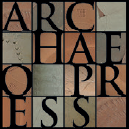
Publishing Scholarly Archaeology since 1997
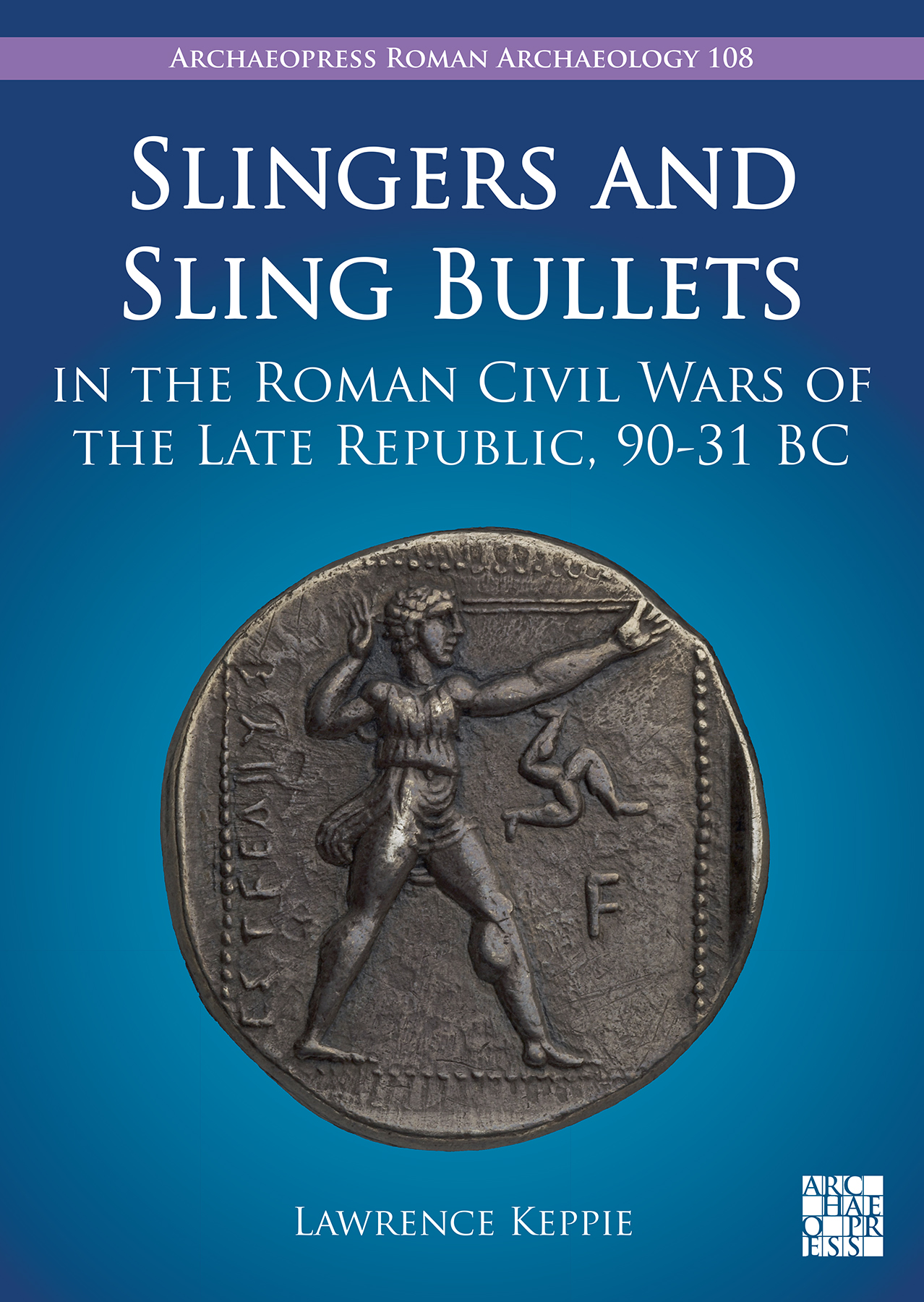
Download Sample PDF
H 245 x W 174 mm
110 pages
42 figures (colour throughout)
Published Nov 2023
ISBN
Paperback: 9781803276403
Digital: 9781803276410
Keywords
Roman Army; Legions; Slingers; Sling Bullets; Warfare; Julius Caesar
Related titles
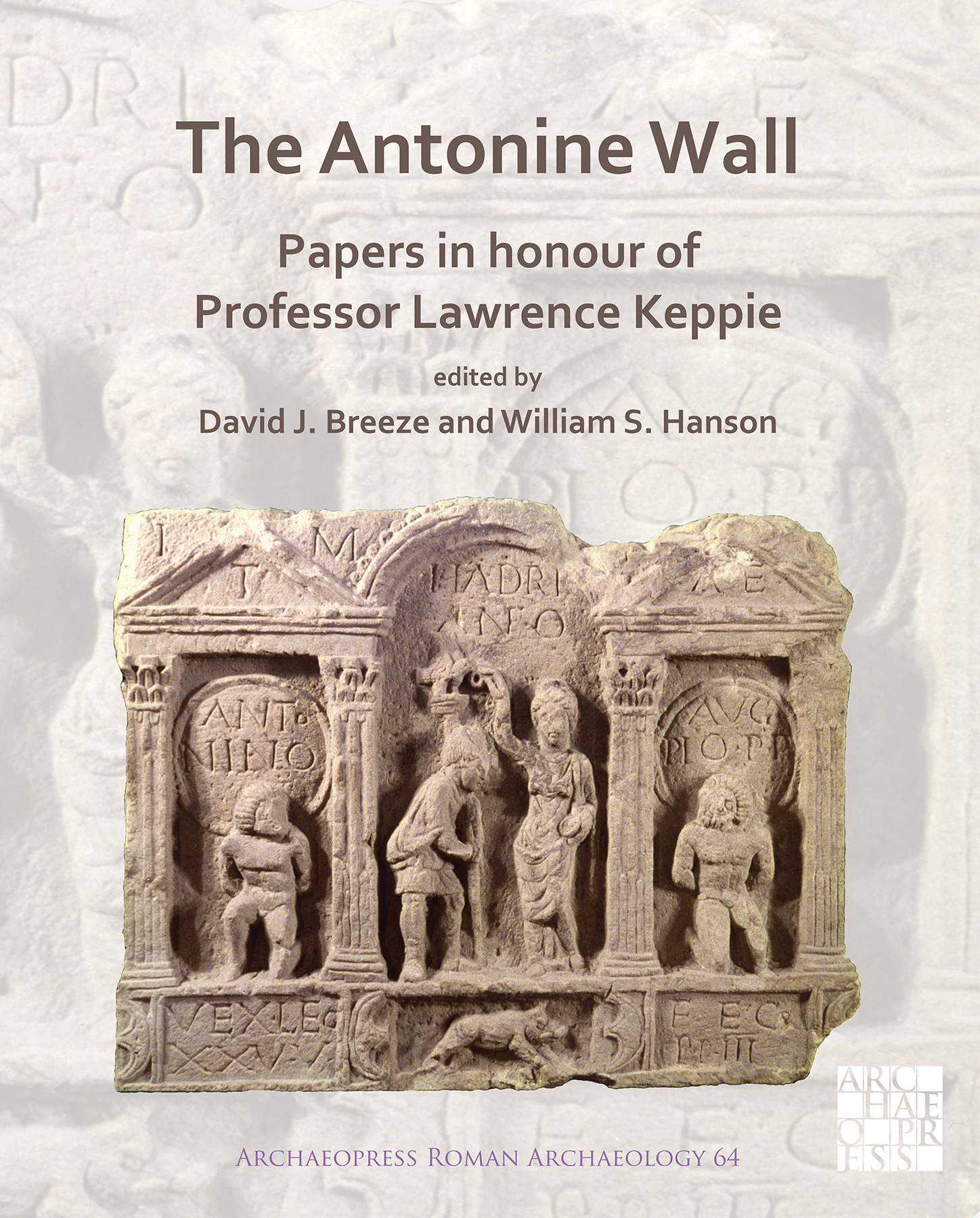
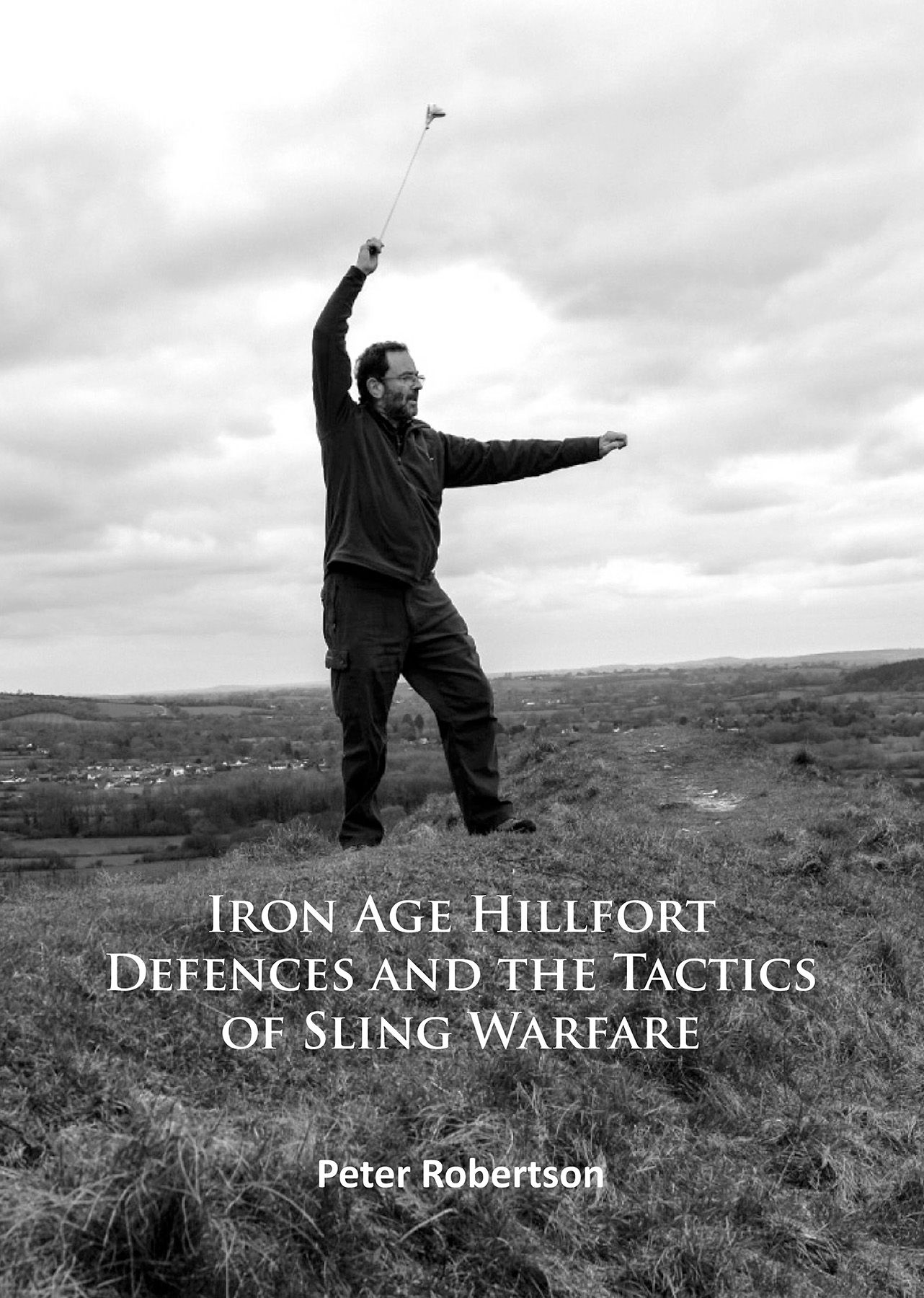
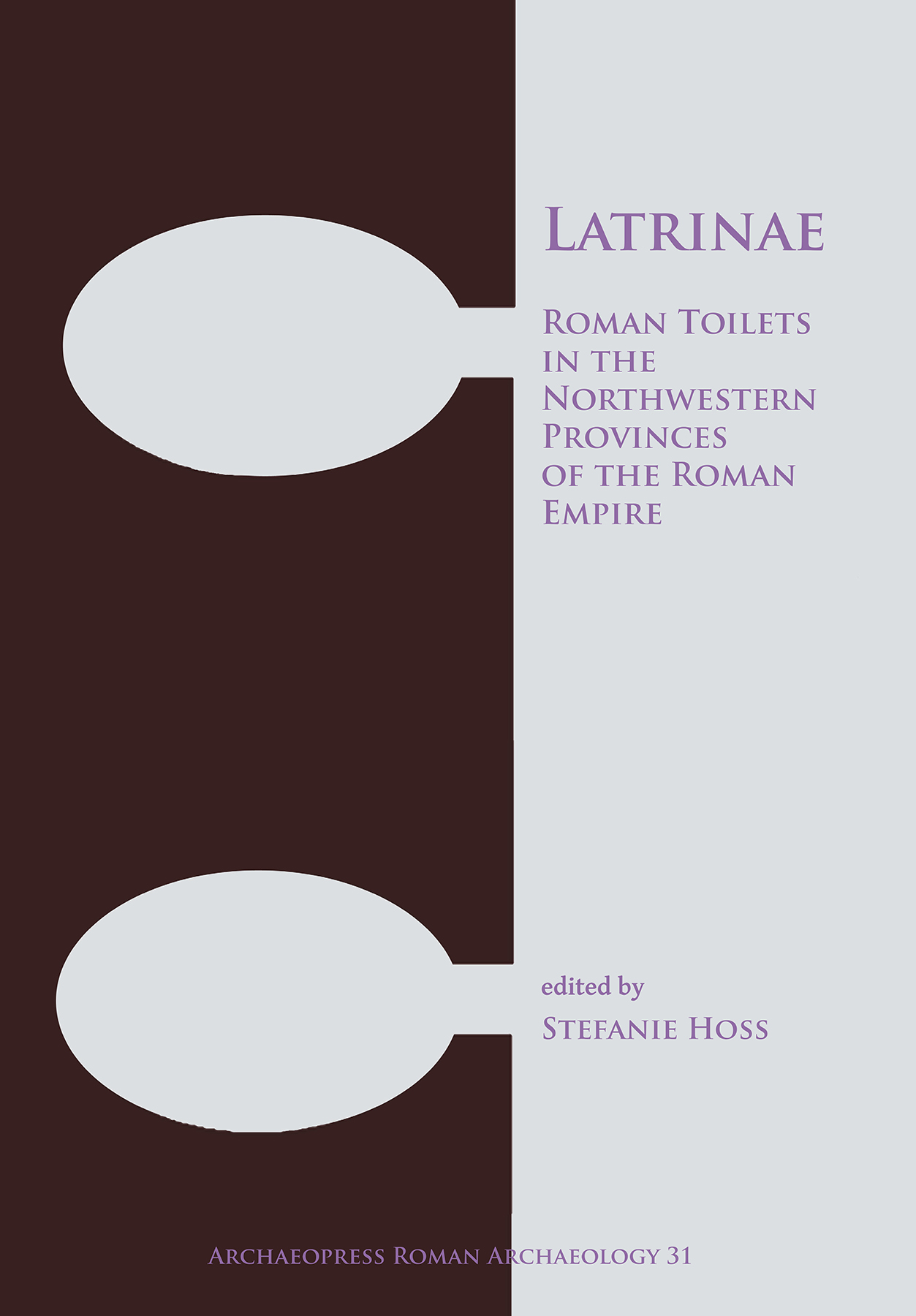

Archaeopress Roman Archaeology 108
Slingers and Sling Bullets in the Roman Civil Wars of the Late Republic, 90-31 BC
Slingers were an element in the Roman army over many centuries, their activities frequently reported in literary accounts of the Late Republic. Despite an ever-expanding body of ancient evidence, some books on the Roman army scarcely mention slingers. This monograph seeks to redress the balance and draws attention to their role and effectiveness.
Contents
Preface
Chapter 1: Slingers and slinging in the Roman world
Introduction
Slings, slingers and sling bullets
Inscriptions on lead bullets
Balearic slingers
A case study: the siege of Numantia, 134-133 BC
Chapter 2: The Social War and the siege of Asculum, 90-89 BC
Chapter 3: Sulla, Sertorius and Caesar, 89-50 BC
Quintus Sertorius
Caesar in Gaul, 58-50 BC
Sosus, King of Mauretania
Chapter 4: Civil war 1: Caesar against Pompey and his sons, 49-45 BC
The battle of Ilerda, 49 BC
Dyrrhachium and Pharsalus, 48 BC
Campaigns in Africa and Spain, 46-45 BC
The battle of Munda, 45 BC
Chapter 5: Civil war 2: Caesar’s heirs and successors, 44-42 BC
The battle of Mutina, 43 BC
Events of 42 BC: Calabria, Sicily, Philippi
Chapter 6: The siege of Perusia, 41-40 BC
Chapter 7: From Perusia to Actium, 40-31 BC
Chapter 8: Slingers under the Roman Empire
Chapter 9: The role of slingers in battle and their effectiveness
Chapter 10: Conclusion
Reference 1: Glossary
Reference 2: Bibliography
Epigraphic corpora
References
Index
About the Author
Professor Lawrence Keppie studied at the University of Glasgow, Balliol College Oxford, and The British School at Rome, where he was Scholar in Classical Studies. For 30 years he was a curator of archaeology at The Hunterian Museum, University of Glasgow, before retiring in 2003. He has excavated widely on Roman sites in Scotland, and in Italy. His many books include The Making of the Roman Army (1984, 1998), Understanding Roman Inscriptions (1991, 2001) and The Romans on the Bay of Naples (2009). He has held visiting appointments at The Institute for Advanced Study, Princeton, N.J., The British School at Rome and The University of British Columbia, Vancouver.

 Add to wishlist
Add to wishlist